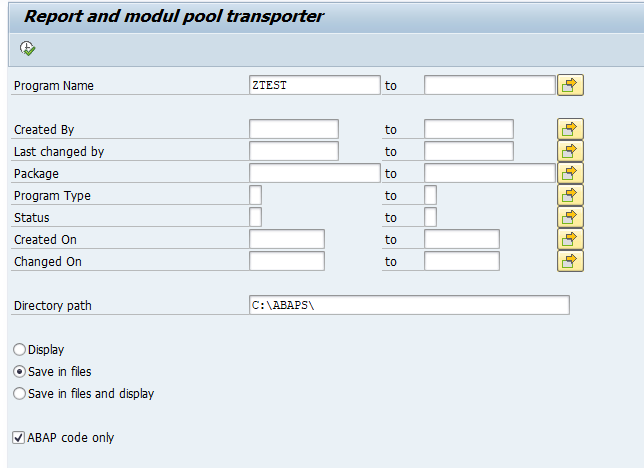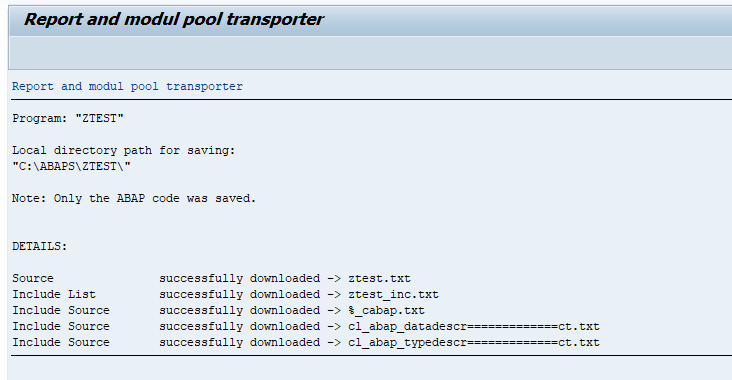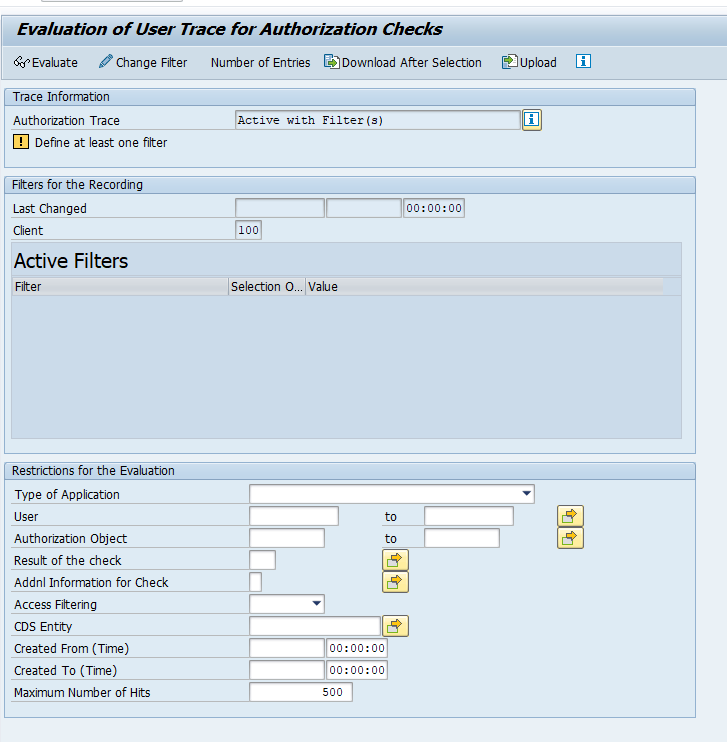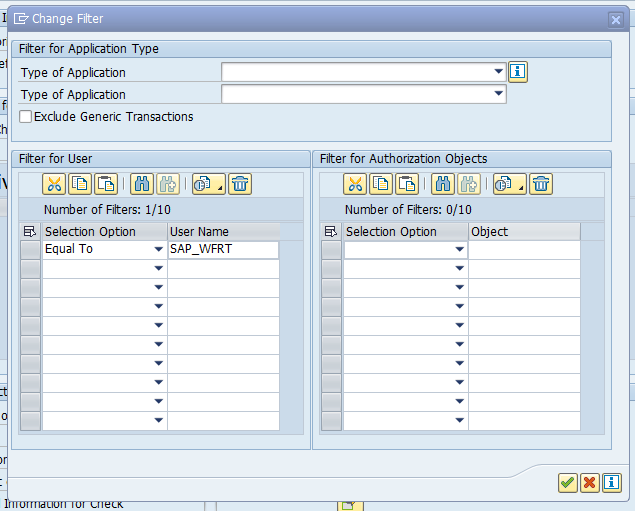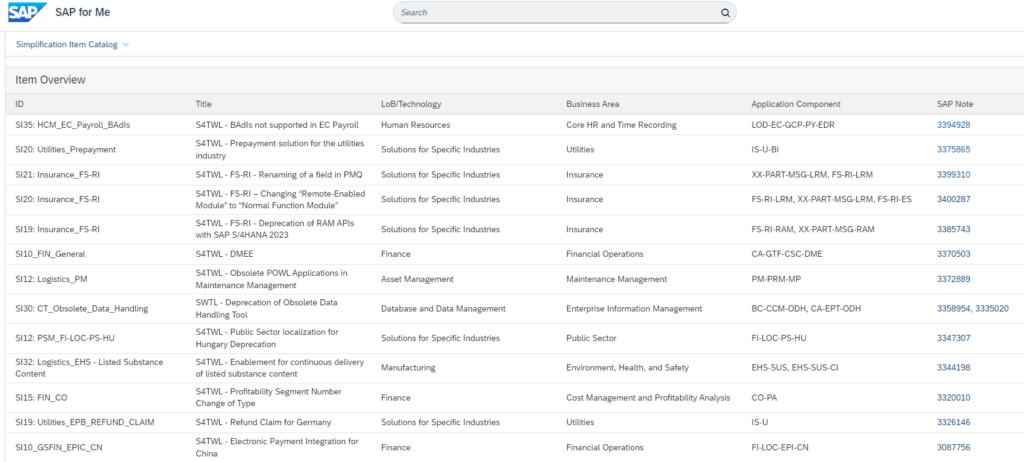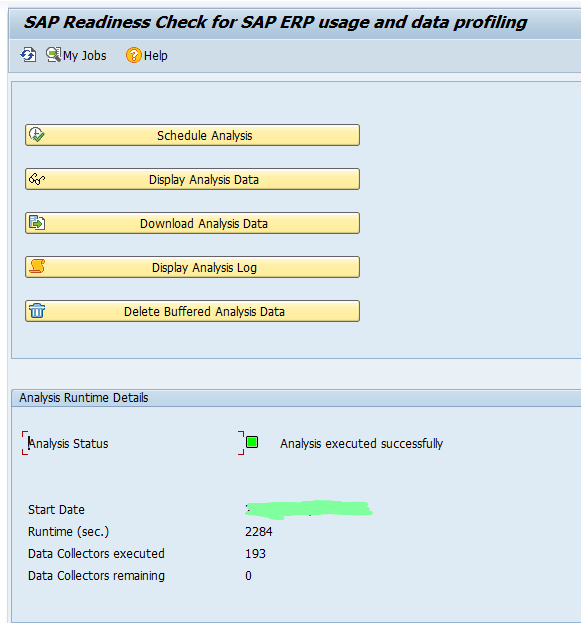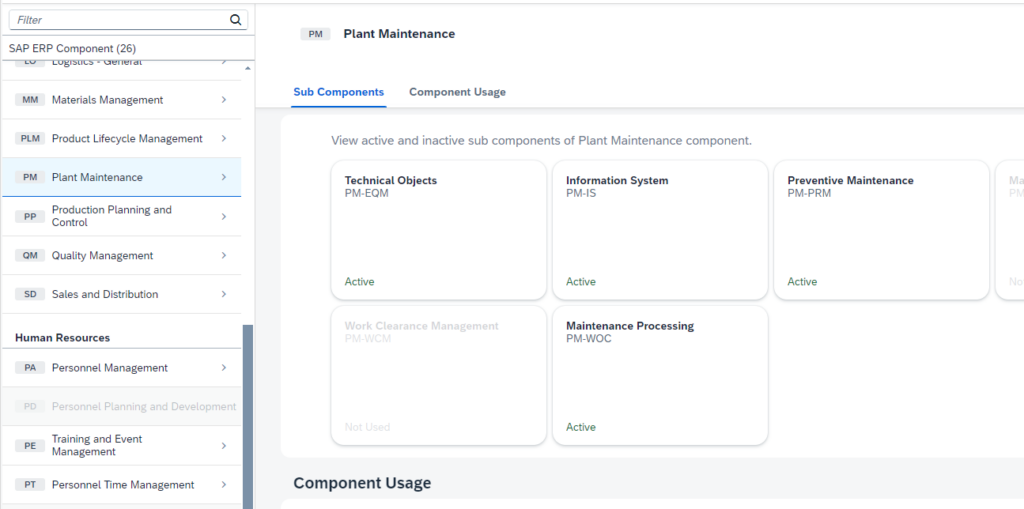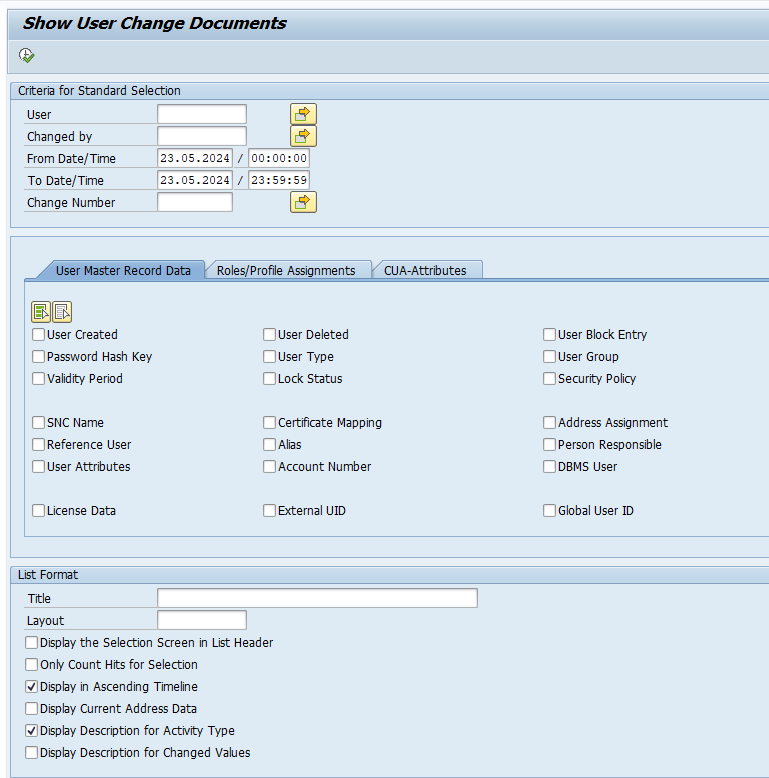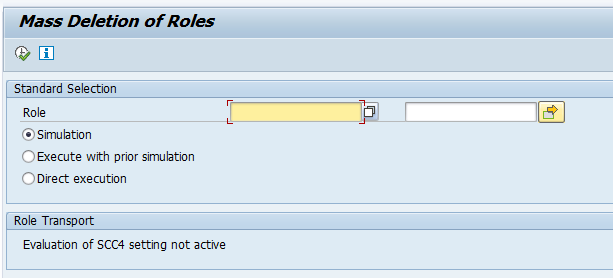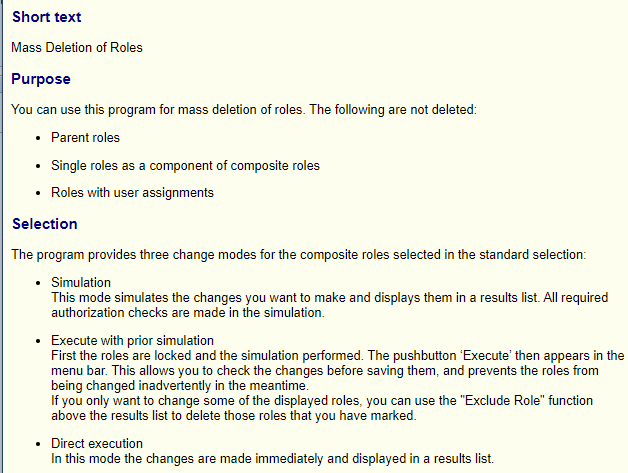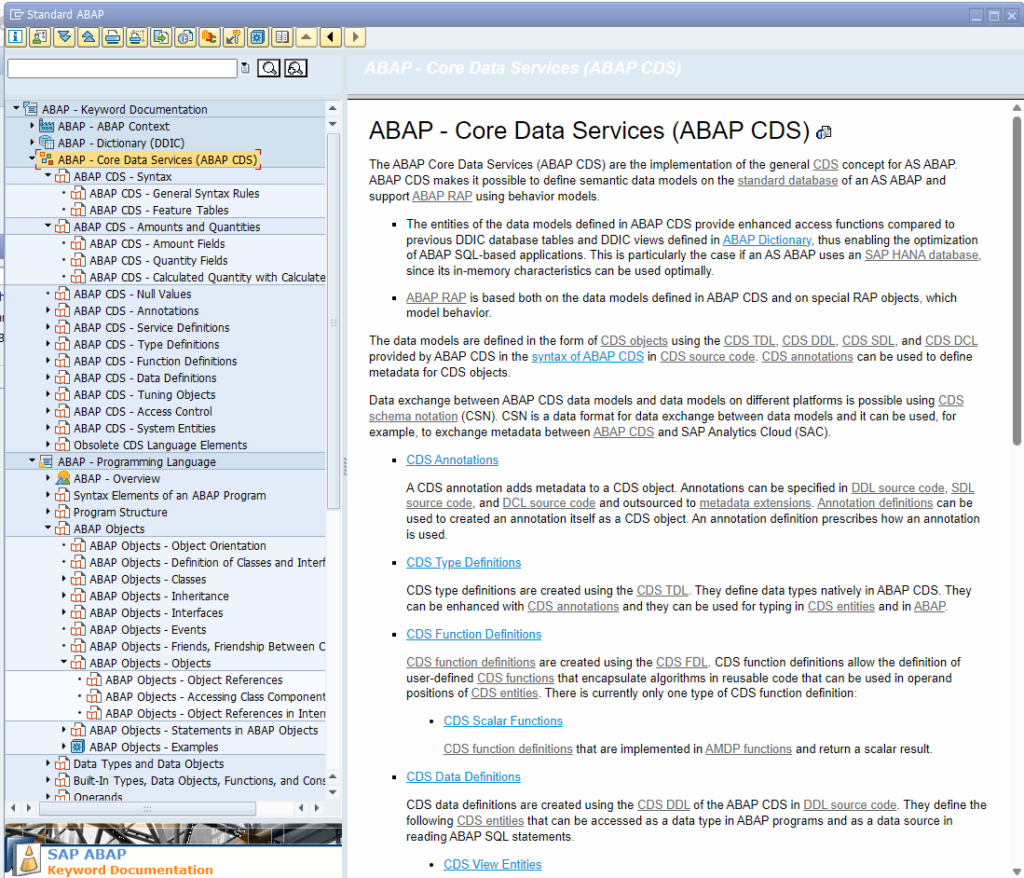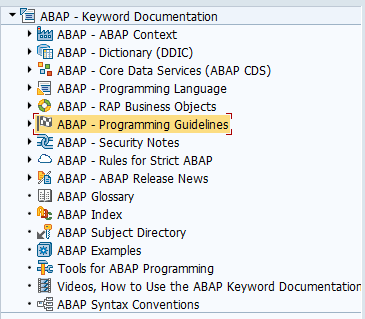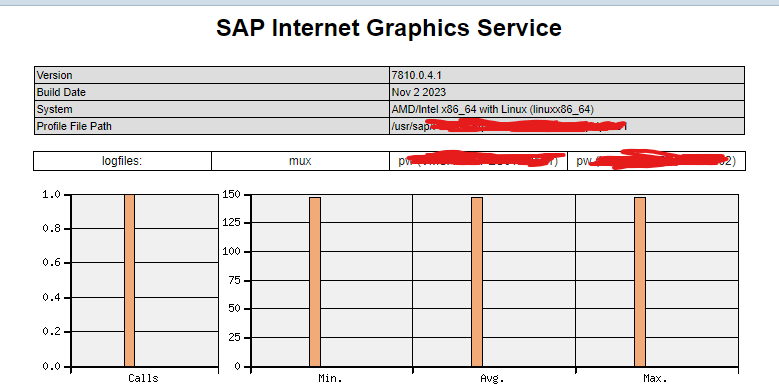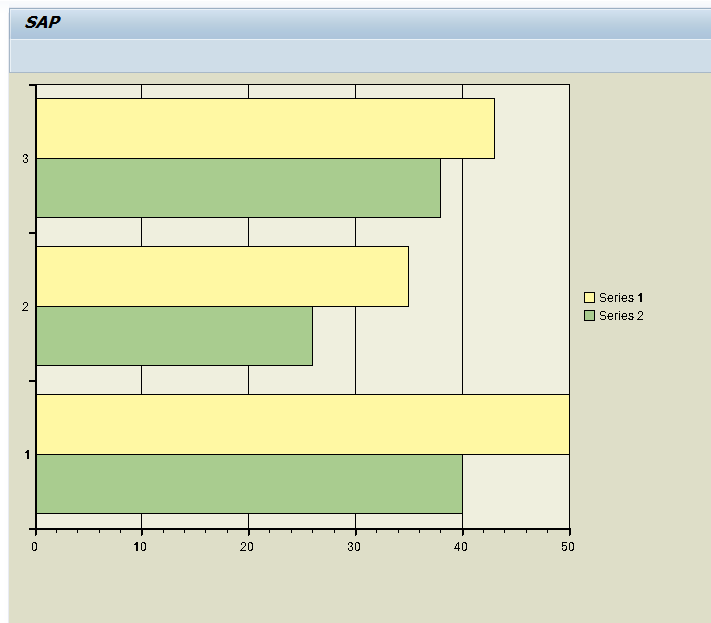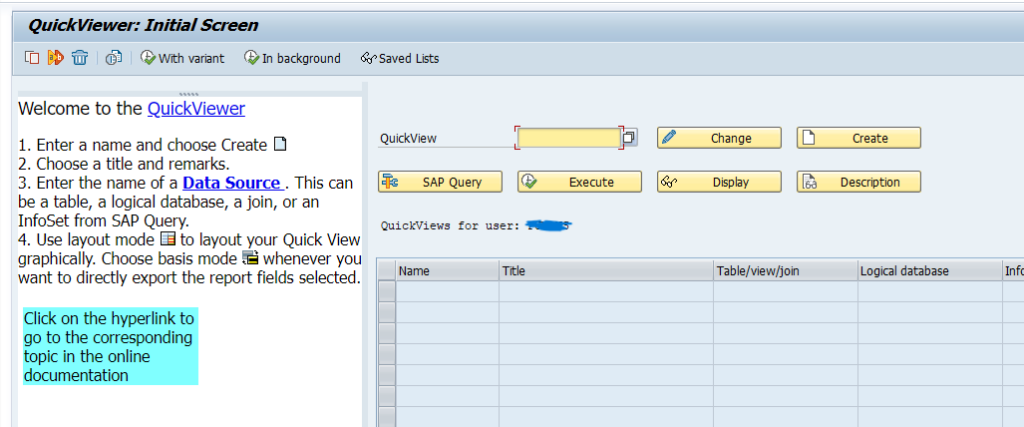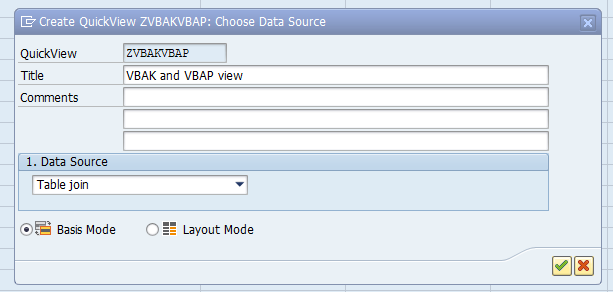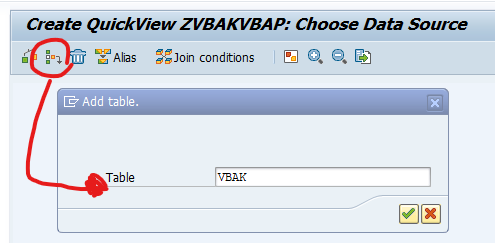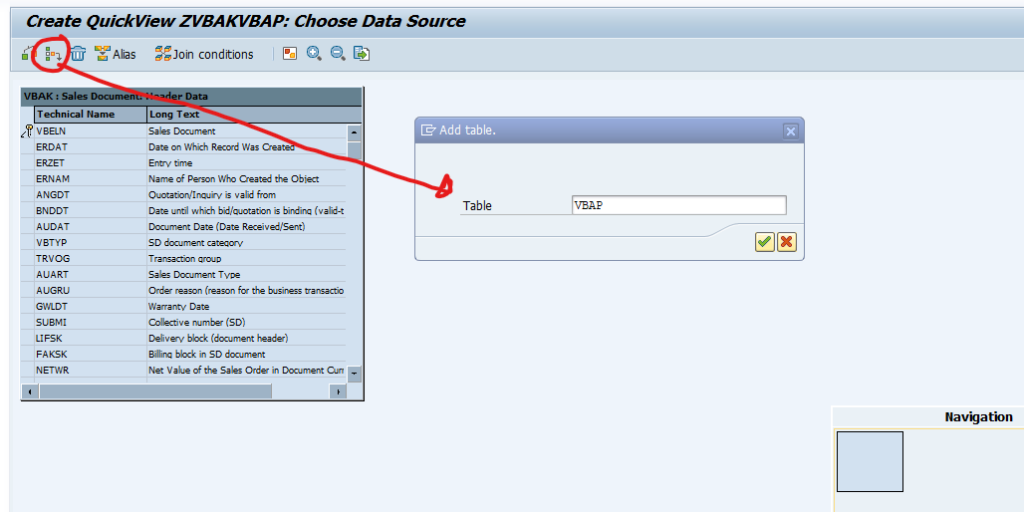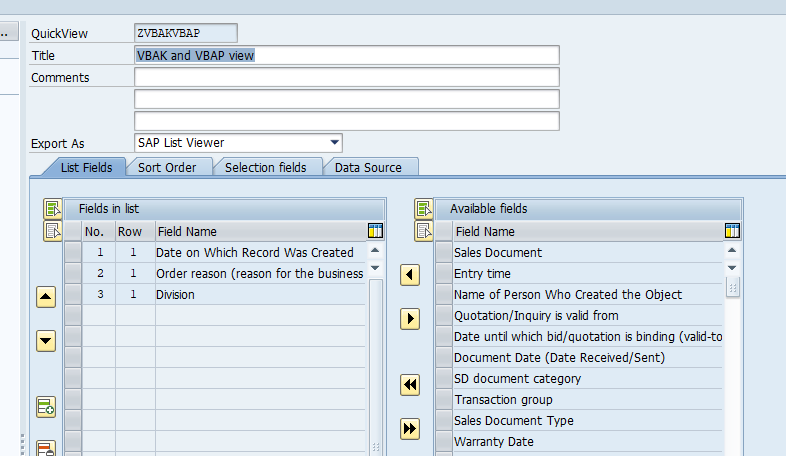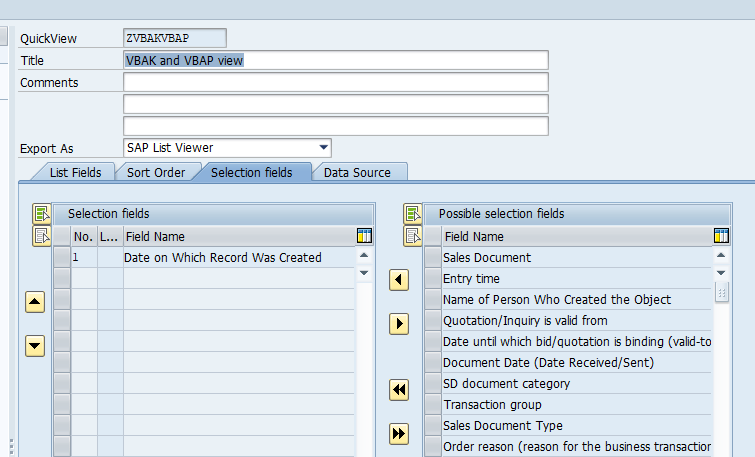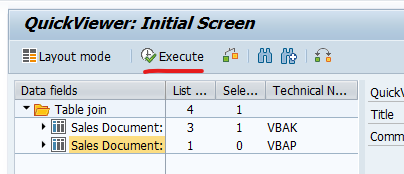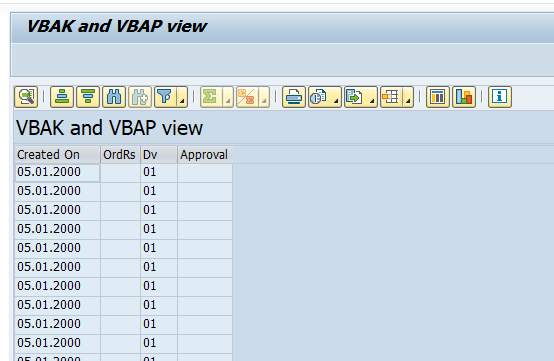Oracle has started to charge companies for using Oracle JRE and JDK. Questions might come to you on the relationship and use of Oracle JRE/JDK in SAP products.
More background information can be found on for example these sites:
All statements and notes below are only generic and not legally checked in any form! It is your job to check your companies situation and contracts. The listing below is only made to help speed up your research.
This blog is also not complete. See it as hints and starting point. Use Google and Support.sap.com more full search on your specific questions in your specific situation.
Potentially relevant OSS notes and blog
General notes and blogs
- 2219315 – Mapping of SAP JVM patches to Oracle JDK updates
- 2700275 – Java SE Technologies in SAP Products
- 2773762 – Is SAP Data Services or SAP Information Steward affected by the change to Oracle JVM license policy?
- 3254224 – The relationship between SAP JVM, Oracle JDK and OpenJDK
- 3261748 – SapMachine is replacing OpenJDK in offline java_buildpack
- 3384441 – Oracle JVM License for Introscope Enterprise Manager – SAP Solution Manager (read note 2615293 – How to check and replace JVM for CA Introscope Enterprise Manager for replacement)
FAQ
- 3026073 – SapMachine – FAQ which currently refers to the online FAQ
SAP GUI
146505 – SAP GUI for the Java environment (Platform Independent GUI)
Compatibility issues
- 3052506 – Not able to launch MII workbench ; MII works with SapMachine or JAVA JRE, not Azul
